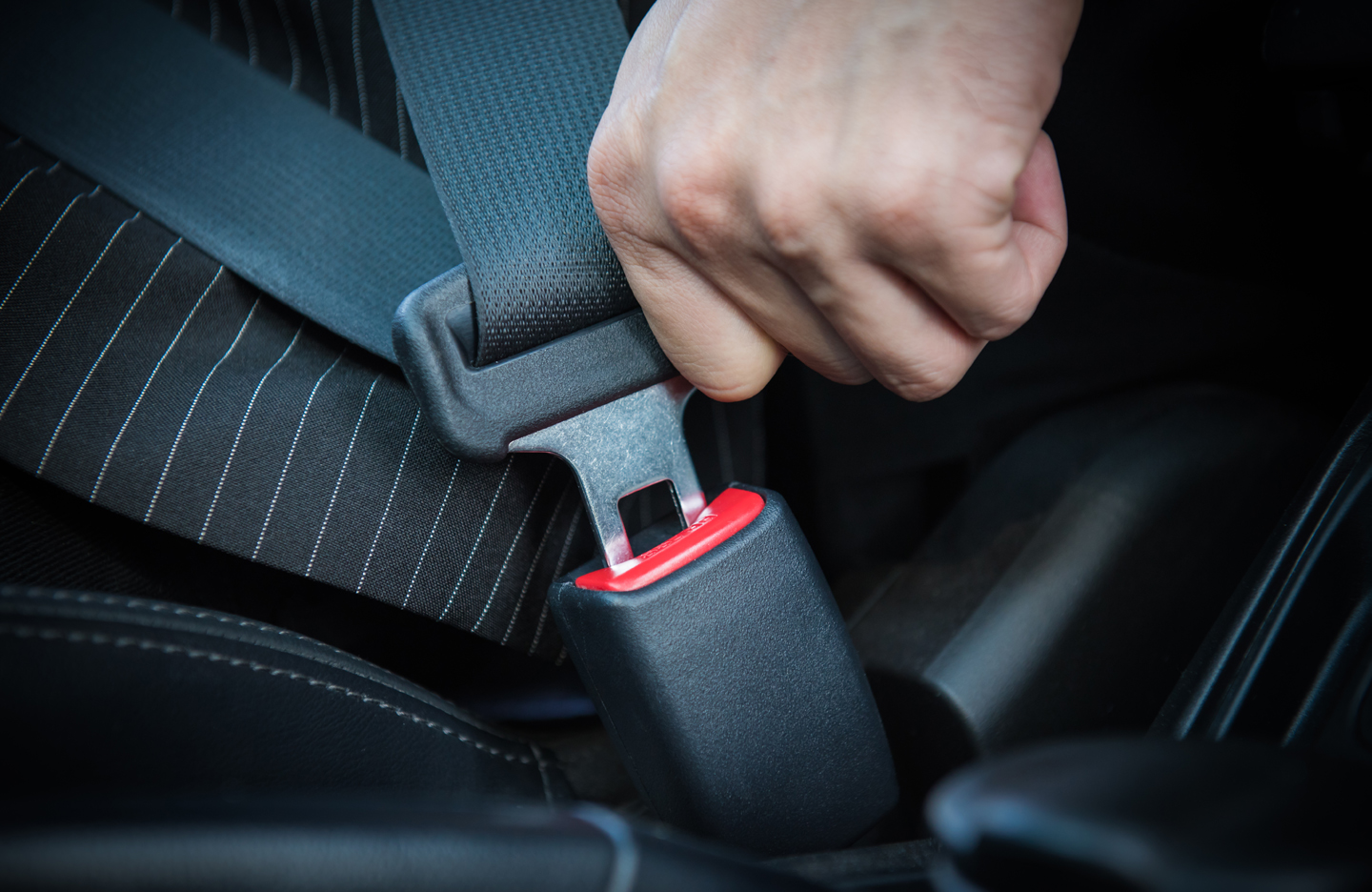
Seatbelts save tens of thousands of lives every year, according to studies and surveys. The mechanism, patented by Edward Claghorn from USA in 1885, was initially conceived as a device that would hold people to a fixed position. A century and few decades later, the mechanism principle remains exactly the same. While driving a car, one faces several inertial forces especially while accelerating, turning or braking. Inertia is every object’s resistance to change in speed or direction. You must have felt being pushed back into the seat, during sudden acceleration, and likewise a sudden forward jerk in case of quick braking. During a turn, we move sideways because according to the law of inertia, the person in the car must move in the same direction until a force acts on it. The force guides us to the intended direction while inertia keeps us in the initial one. It’s all physics. The forces could sometimes act very strongly: A sudden heavy braking situation could result in the front passenger flying out of the vehicle breaking the windshield or thrown around in the vehicle. The seatbelt acts to control these very unwanted sudden movements, holding the occupants snugly in the seats. A lap and shoulder belt holds the passengers in their seats safely. A retractor mechanism allows the seatbelt to be wound back. The retractor contains a spring which helps in the rotation of the spool, the device on which the seatbelt is wound. When there is a pull of the belt, the spool rotates which in turn twists the spring. However, as the spring always resists the changes and attempts to revert to its original shape, it tightens the belt around the passenger to remove any slack, as soon as it is left free by the passenger. This keeps the passenger held on to the seat. In case of sudden outward pull (which happens in case of sudden braking or collision), the belt gets locked holding the passenger back tightly, through a toothed wheel mechanism that only locks in place when the belt gets pulled quickly, by slipping out of place to lock in when it moves fast. Advanced seatbelt systems have the pre-tensioner mechanism, which works through a gas chamber, a geared piston and a sensor or processor that detects a sudden change in vehicle movement. As this happens, an electric current is sent to the electrodes which ignite the gas, causing the piston to move forcing the spool to wind in on the passenger, covering any loose material on the belt. Modern systems are also equipped with load limiters that help in minimising seatbelt inflicted injury on the passenger during a high speed collision. Such a situation calls for a great force to impede the inertial movement of a passenger, however such a massive force could impact the passenger physically, and load limiters allow a cushioned unwinding of the spool to a certain level reducing impact. —[email protected]